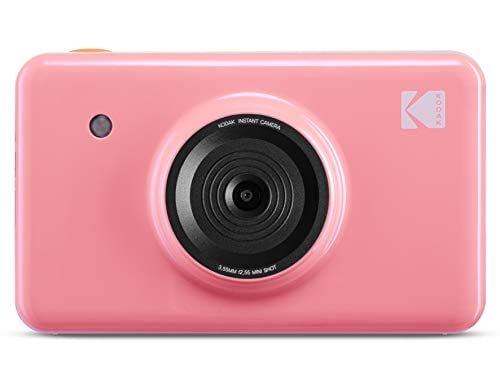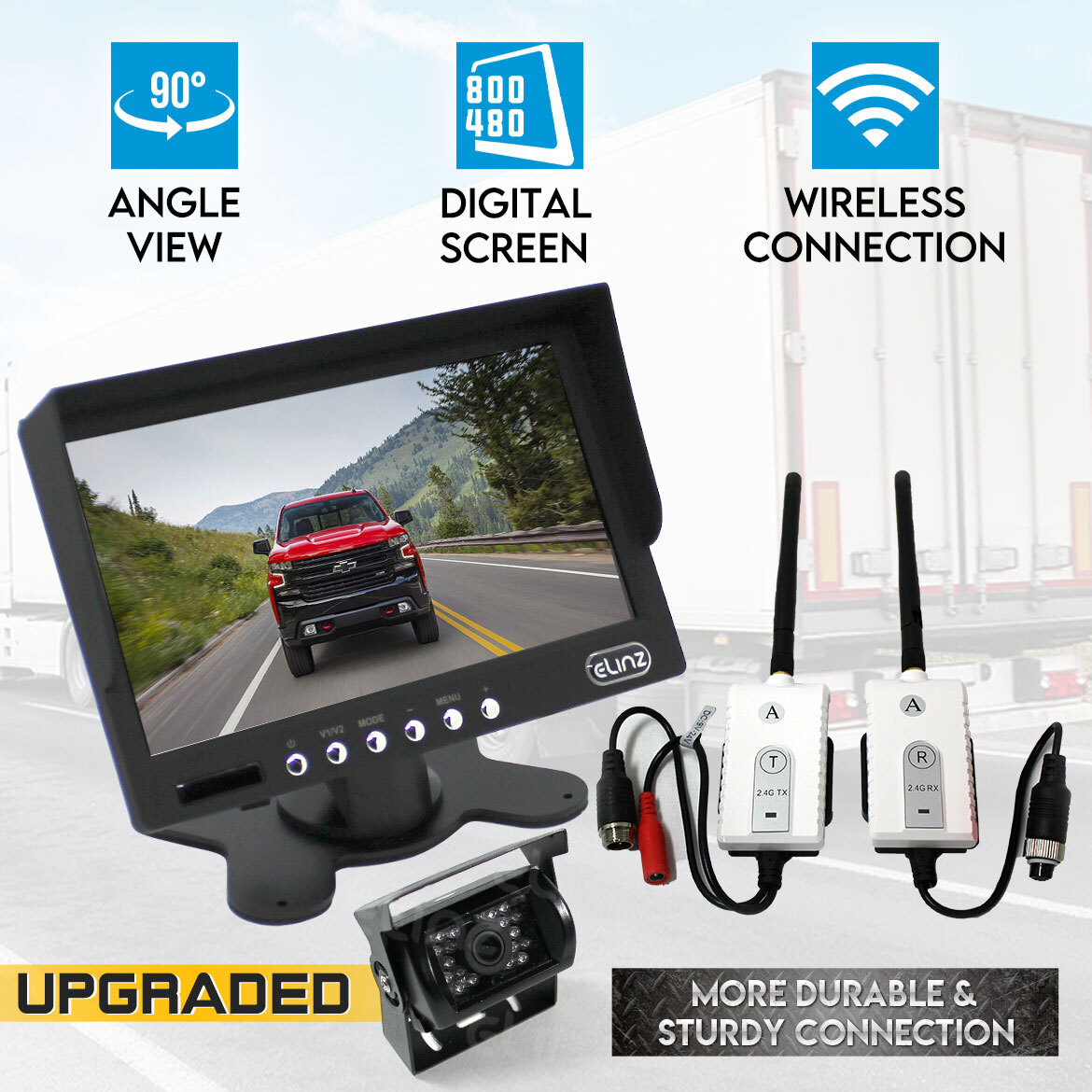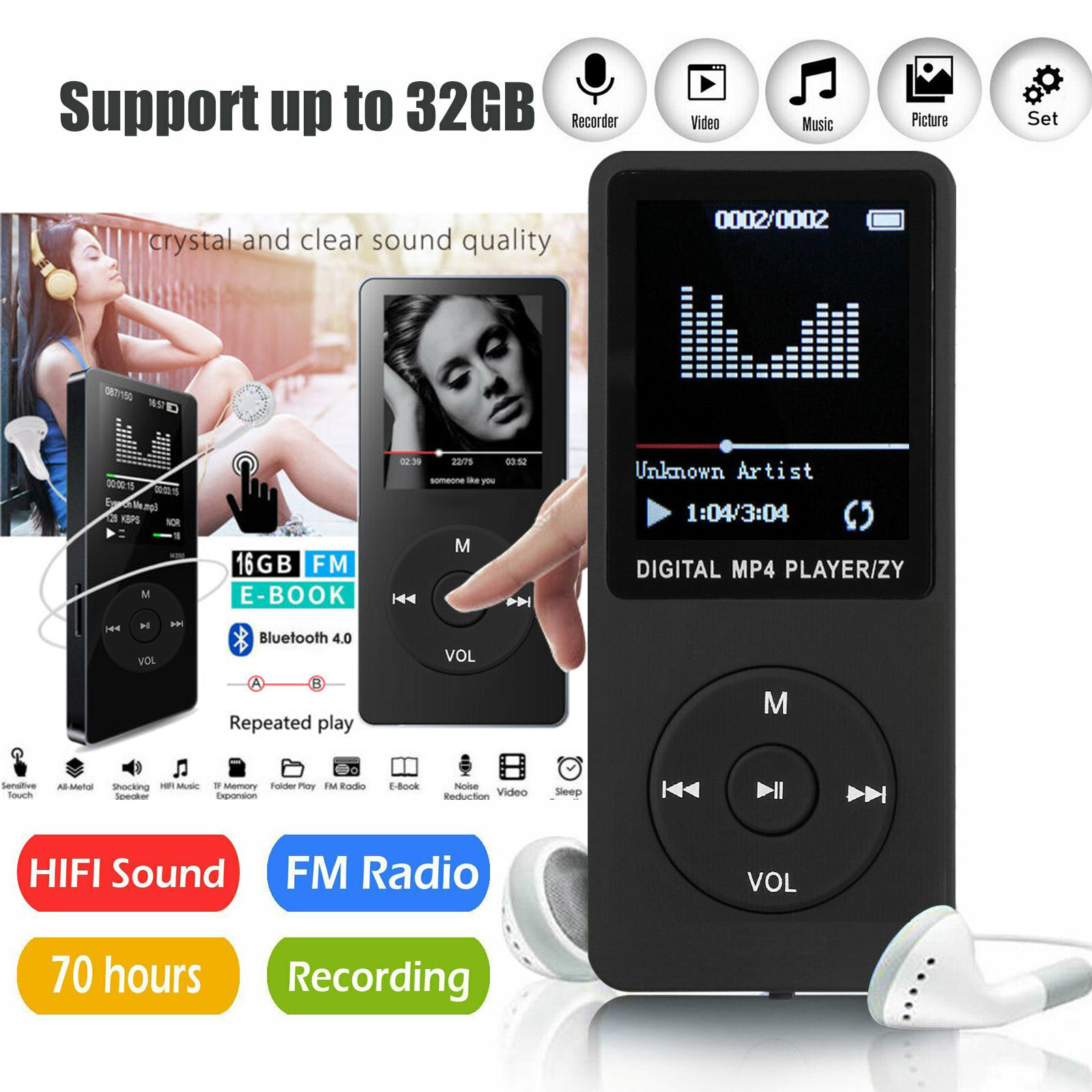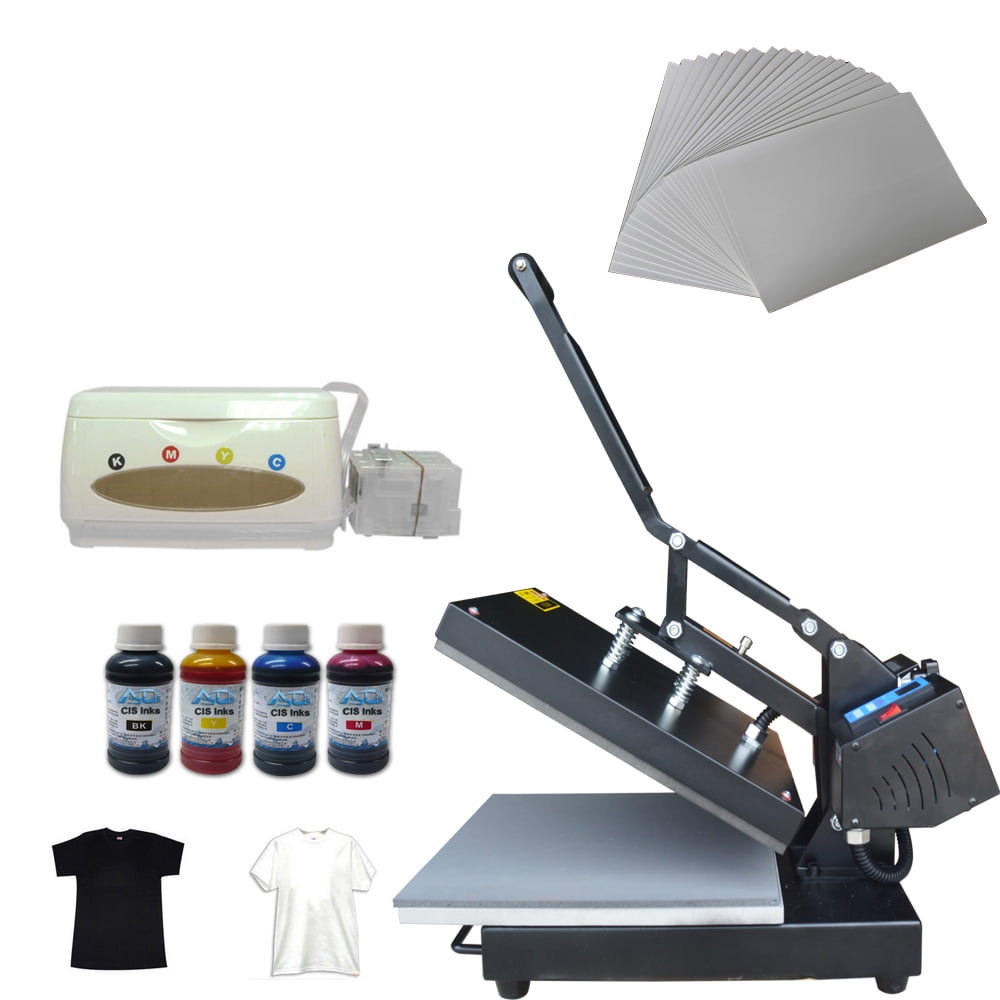

Check out these video platform audience stats for Lazada and Shopee (Q2 2021)įor context, Amazon has 477K YouTube subscribers globally.

While those are still going to work in the Philippines, adding in a video strategy will help you access a larger audience and drive deeper engagement to stay top of mind.Įcommerce is leading by example here. When you think of "content marketing" – most marketers immediately think: blogs, SEO, infographics, ebooks, 4,000 word buyers guides, etc. Increasingly, content strategy means video (not blogs). Instead of just showing you another usage stat, here’s one of the ways we can see this trend unfolding: As a marketer, here’s what this means: Filipinos really, really like watching videosĬombine the first two trends, sprinkle in some cultural nuances and this last one is almost an inevitable outcome. Dove Philippines launched a campaign where they allocated 95% of their ad spend to mobile, and it vastly outperformed their traditional marketing launches. Desktop experience becomes the secondary consideration. Perhaps you should actually be thinking mobile-first, or even mobile-only. One last point to drive this point home: you could argue that "optimizing for mobile" is an outdated mental model for the Philippines. If you have embedded videos on your website, does clicking “play” work reliably on a phone, one with spotty internet?Ĭan people engage with you via live chat, or are you forcing them to fill out forms and do back-and-forth via email?
#MOBILE DIGITAL MEDIA KIT PDF#
When Filipino prospects convert on your lead gen offer, do you make them download a giant PDF where the font is tiny and they have to pinch and zoom just to read it? (I hope!) So this is more about all your other content being mobile-friendly. The obvious one is to make sure your website is responsive, but we all know that by now. Your entire buyer’s journey (not just your website) has to be optimized for mobile.

Instead of a chart comparing mobile usage by country, here's a view of what this looks like practically: What this means for marketers: This is another trend you're seeing everywhere in Southeast Asia, but Filipinos are in their own league.

Like other countries in SEA, it’s an emerging economy whose development timeline meant a leapfrogging of the desktop as the primary computing device - and, back to point 1, many Filipinos have family members spread across multiple countries, so they use social media – on their phones – all the time to stay in touch. When you’re running persona exercises and trying to figure out what your Filipino customer is doing, don’t imagine them doing this:īecause they’re spending most of their time like this: If the Philippines is an important market for you, your social media accounts need to be active and you need a coherent strategy behind managing your overall online footprint. But for many Filipinos, Facebook is not just another social media platform on the internet – it IS the internet. Don’t just have interns running it.įor lots of companies, your Facebook page was that thing that you cared about in 2014 and have long since abandoned. Your social media presence needs to have a proper strategy. Not so in the Philippines, who scores far above the global average for social networks influencing the buyers journey ( source)Īll of this has lead to the development of an ecosystem of influencers, with some brands and influencers identifying a need to professionalize and standardize the influencer economy. In most countries, consumers turn to search engines first to find info. Social media has an outsized influence on purchase decisions. On a macro level, it looks like this: What this means for marketers: That’s a small glimpse into what Filipino social media “power user” behavior looks like on a micro level. If you happen to be like me, and have family in the Philippines, then you’ll recognize the experience of being in multiple family group chats across several platforms: Facebook, Messenger, Viber and WhatsApp … all of which are very active and always seem to have new posts or updates! (To stay sane, I mute all notifications. Filipinos are the world’s #1 social media power usersĪ personal anecdote to start this section: Filipinos really really like watching videos.Filipinos are always on their phone, and.Filipinos are the world’s #1 social media power users.The digital marketing landscape in the Philippines is really about these 3 things: The Philippines is a good one to start with because the consumer behavior we find here is common across most of Southeast Asia – but as you're about to see, there are a few areas where Filipinos stand out.
#MOBILE DIGITAL MEDIA KIT SERIES#
This post on the Philippines is the first in a series where we'll explore different marketing ecosystems in APAC.


 0 kommentar(er)
0 kommentar(er)
